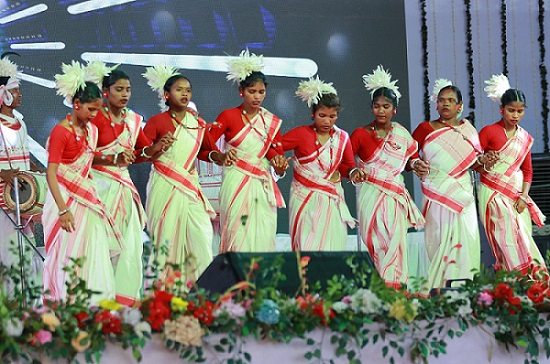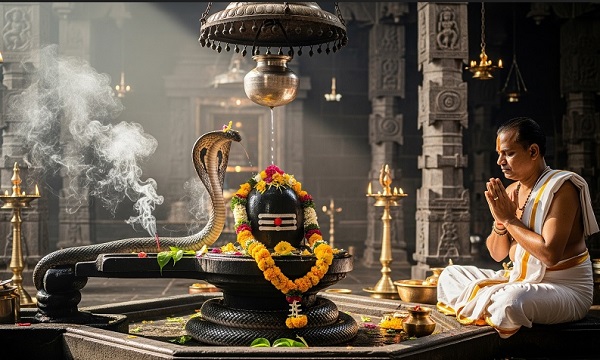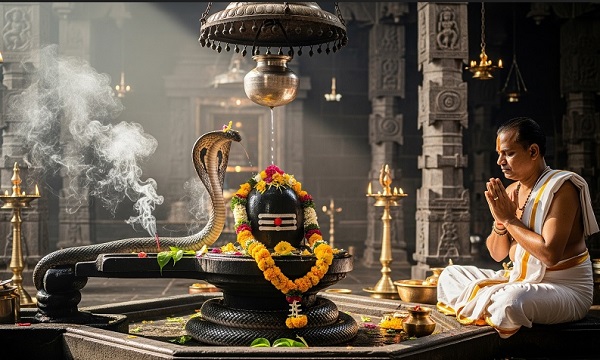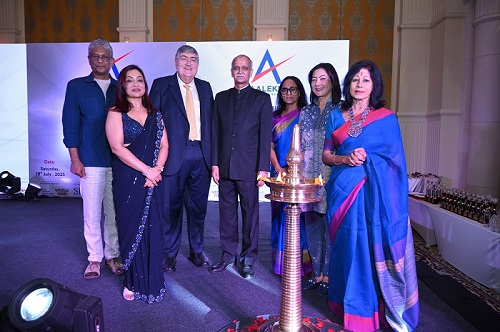Timeless Traditions and Tribal Pride The Living Culture of Jharkhand

Jharkhand, the land of forests and minerals, is not just rich in natural resources but also in vibrant traditions, ancient customs, and diverse tribal heritage. Nestled in the heart of eastern India, Jharkhand’s culture reflects a deep connection with nature, a celebration of community life, and the pride of its indigenous roots.
Tribal Heartbeat of Jharkhand
Around 26 percent of Jharkhand’s population belongs to tribal communities such as Santhal, Munda, Oraon, Ho, and Kharia. These tribes have preserved their customs, languages, and way of life for generations. They live in harmony with nature, often following age-old practices that include sustainable farming, herbal healing, and animistic worship.
Each tribe has its own language and dialect, passed down orally. Folklore and oral storytelling remain central to cultural transmission. The tribal lifestyle promotes communal values, respect for elders, and deep reverence for the environment.
Dance Music and Festivals
Dance and music are at the soul of Jharkhand’s cultural expression. Traditional dances like Chhau, Santhal, Paika, and Jhumar are not only performed during festivals but are an integral part of daily life. These dance forms are marked by vigorous movements, elaborate costumes, and rhythmic drumming.
Musical instruments like the Mandar, Dhol, Nagara, and Bansuri accompany these performances. Songs are often sung in praise of nature, gods, or tribal heroes and are filled with metaphors from forest life and rural struggles.
Festivals such as Sarhul and Karma are celebrated with immense joy and spiritual fervor. Sarhul marks the beginning of the new year for many tribal groups and is dedicated to the worship of nature. Karma is a celebration of the Karma tree, symbolizing prosperity and fertility. These festivals are occasions for community bonding, song, dance, and gratitude.
Art and Craft
Jharkhand is home to a rich tradition of tribal art. Sohrai and Kohvar paintings, done primarily by tribal women, adorn mud walls during festivals and marriages. These artworks feature natural themes like animals, trees, and fertility symbols in earthy colors derived from soil and plant extracts.
Bamboo and woodcraft, dokra metal casting, stone carving, and terracotta figures are widely practiced by local artisans. These crafts are not only aesthetic but also utilitarian, often used in daily tribal life.
Clothing and Cuisine
Tribal communities in Jharkhand wear simple yet colorful clothing. Women often wear saris in traditional draping styles while men wear dhotis and turbans. Bead jewelry, silver ornaments, and bangles made of lac are common.
The cuisine of Jharkhand is largely seasonal and based on local produce. Dishes like Dhuska, Thekua, Handia (rice beer), and Chilka Roti are widely popular. Forest greens, wild mushrooms, and indigenous grains are a staple part of their diet.
Modern Challenges and Cultural Preservation
With growing urbanization and migration, many tribal customs face the risk of fading away. However, there is a strong resurgence in the preservation of tribal languages, dance forms, and art through government programs, NGOs, and cultural festivals.
The younger generation of Jharkhand is also finding pride in their roots, incorporating traditional motifs into modern fashion and reviving folk music with contemporary blends.
A Living Culture
The culture of Jharkhand is not just something from the past but a living tradition that continues to evolve. It is rooted in the soil and soul of its people, thriving in villages, forests, and even in the cities. It tells the story of resilience, of harmony with nature, and of identity that refuses to be erased.
As India looks forward to the future, the culture of Jharkhand remains a powerful reminder of the strength and beauty of indigenous heritage.

 29/07/2025 7:50 PM
29/07/2025 7:50 PM Mumbai
Mumbai 




 Related News
Related News Popular News
Popular News





